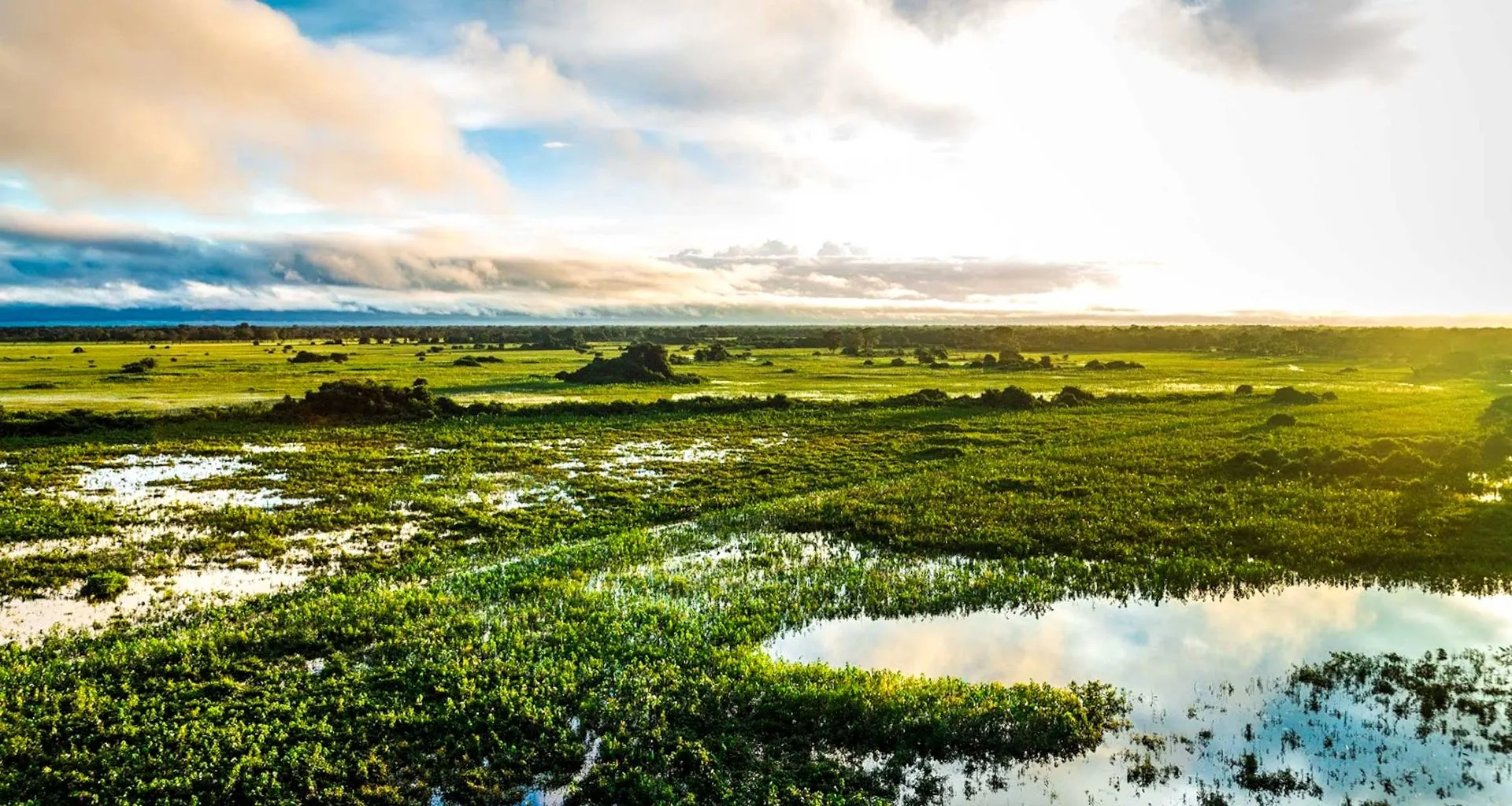Weather in Brazil
- Brazil Overview
- Best Time to Travel to Brazil
- Brazil Visa Requirements
- Brazil Flights
- Weather in Brazil
- Languages in Brazil
- Brazilian Food & Drink
- Safety in Brazil
- Staying Healthy in Brazil
- Internet & Calling in Brazil
- Brazil Travel Insurance
- Brazil Packing List
- Money in Brazil
- Brazil Holidays
- Brazil Articles
- Brazil Recommended Hotels
Weather Information
Brazil is a vast country, even larger than the continental US. That makes the weather of the country, as a whole, hard to pinpoint. Instead, travelers should look at the weather of the region they are visiting. When and where you go are key elements of determining the weather.
Rio de Janeiro is usually temperate all year round. Just as you would expect, during the summer months, Rio experiences rising temperatures and the humidity is generally not too high. Even during the winter months, from July to September, the weather never really gets cold, and this period experiences the least amount of rainfall. Rio de Janeiro has some of the most consistent weather, and there shouldn’t be many problems booking.
The Amazon Rainforest covers about 60% of Brazil and has a tropical climate. Similar to any other rainforest, the Amazon remains hot and humid throughout the year. Wildlife remains visible and the winter is practically unheard of. Instead of concentrating on the temperature, focus your attention on whether or not you wish to visit the Amazon during the wet or dry season.
The northeastern region in Brazil tends to vary between states but is known to be the hottest part of the country. In contrast, the southern region of Brazil is known to be the coldest. Places like Paraná, Santa Catarina, and the Rio Grande do Sul are Brazilian states located the farthest from the equator. They tend to receive less heat than any other states.



